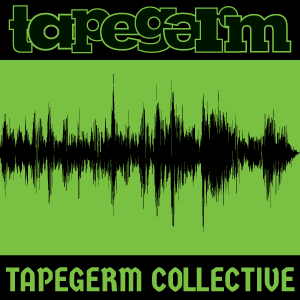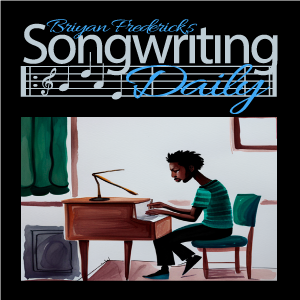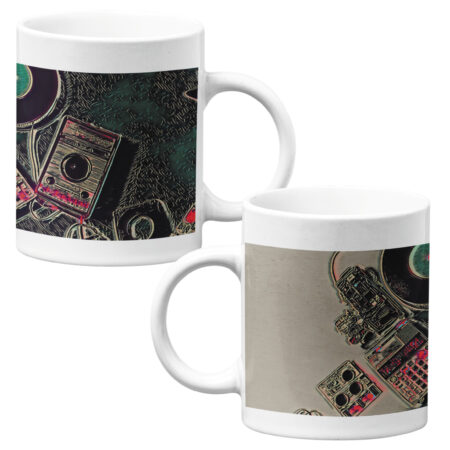Your cart is currently empty!

The Numerical Symphony: How Numbers Shape the Music We Love
In the realm of music, numbers play a symphonic role, orchestrating the harmony, rhythm, and structure of the sounds that resonate with our deepest emotions. From the precise tuning of instruments to the infectious beats that compel us to dance, numbers are at the heart of musical creation and appreciation. Let’s explore the significance of twelve key numbers in music and how they contribute to the art that soundtracks our lives.
440 Hz: The Universal Pitch
At 440 Hz, the A note above middle C is more than just a frequency; it’s the standard tuning reference for musical instruments around the world. This pitch is the cornerstone of harmonic unity, ensuring that each instrument in an orchestra or band can blend seamlessly, creating a cohesive sound palette. It’s as if the very symphony of life tunes itself to this fundamental frequency.
4/4 Time: The Heartbeat of Music
The 4/4 time signature, with its steady succession of four quarter-note beats per measure, is the metronome that underlies much of Western music. This rhythmic structure offers a comforting predictability, a canvas on which composers paint diverse musical landscapes, from the solemn marches of classical compositions to the driving rhythms of rock anthems.
88: A World of Keys
A standard piano boasts 88 keys, each a doorway to a universe of tonal possibilities. This expansive range allows musicians to explore the depths and heights of sound, crafting melodies and harmonies that span the emotional spectrum.
432 Hz: Nature’s Pitch
Some purists argue for the 432 Hz tuning, believing it to be more in harmony with nature and human consciousness. Though a topic of debate, this alternative pitch is said to produce music that resonates more profoundly with the listener, offering a different dimension of auditory experience.
12: The Chromatic Universe
The chromatic scale, consisting of 12 notes, lays the foundation for Western music theory. This sequence of pitches provides musicians with a rich vocabulary for harmonic exploration, enabling the creation of complex and beautiful compositions.
120 BPM: The Pulse of Pop
At 120 beats per minute, music finds a sweet spot that is both energetic and accessible. This tempo is especially prevalent in dance and pop genres, where it creates a vibrant atmosphere that invites listeners to tap their feet and move their bodies.
3:00 Minutes: The Perfect Pop Song
Many pop songs target the three-minute mark, a duration that seems tailor-made for radio play and digital streaming. Within this compact timeframe, artists manage to convey stories and emotions that resonate with listeners, proving that brevity can indeed be the soul of wit.
24: The Full Spectrum
With 12 major and 12 minor keys, musicians have at their disposal a full spectrum of emotional tones to paint their sonic pictures. This diversity allows for endless experimentation in composition and improvisation, enriching the music world with a variety of sounds and styles.
60 BPM: The Rhythm of Calm
At 60 BPM, music moves at a leisurely pace of one beat per second. This tempo is often used for ballads and calm pieces, providing a backdrop for introspection and relaxation.
7: The Scale of Emotion
The diatonic scale, comprising seven notes, is a fundamental building block of Western music. This scale has shaped the melodies that have become embedded in our collective consciousness, from classical masterpieces to catchy pop hooks.
128 BPM: The Call to Dance
Electronic dance music (EDM) pulsates at a lively 128 BPM, setting the stage for unforgettable nights on the dance floor. This tempo is synonymous with celebration, movement, and the joy of living in the moment.
16 Bars: The Structure of Story
In many songs, especially within hip-hop and pop, a verse or chorus typically spans 16 bars. This structural element helps artists craft their narrative and rhythmic journey, guiding listeners through the story of the song.

Music is a language spoken in the universal dialect of numbers. These twelve numbers, each significant in its own right, come together to form the backbone of the music that inspires, moves, and connects us. In the grand symphony of life, they play a role that is both foundational and transformative, reminding us that in music, as in life, harmony lies in balance and proportion.
by
Tags:
Homemade Music is a blog by Briyan Frederick (aka Bryan Baker) of GAJOOB Zine. It’s been revamped a few times since its start in 1999. I mostly write and talk about recording for fun in my home studio.
Topics
- Blog (6)
- Business (3)
- Collaboration (1)
- Craft (3)
- DAWs (1)
- Effects (2)
- Gear (22)
- Homemade Instruments (1)
- Instrument Pages (9)
- iOS (2)
- link (1)
- News (4)
- Podcasting (1)
- Reviews and Interviews (2)
- Sampling (3)
- Soft Synths (6)
- Songwriting (1)
- Studios (1)
- Tracks (2)
- Uncategorized (1)
More From Briyan Frederick


Briyan recommends the Zoom H8

Fun Mugs
Homemade Music is an Amazon affiliate. We earn a small fee when you purchase products linked here and we are grateful for your support.

